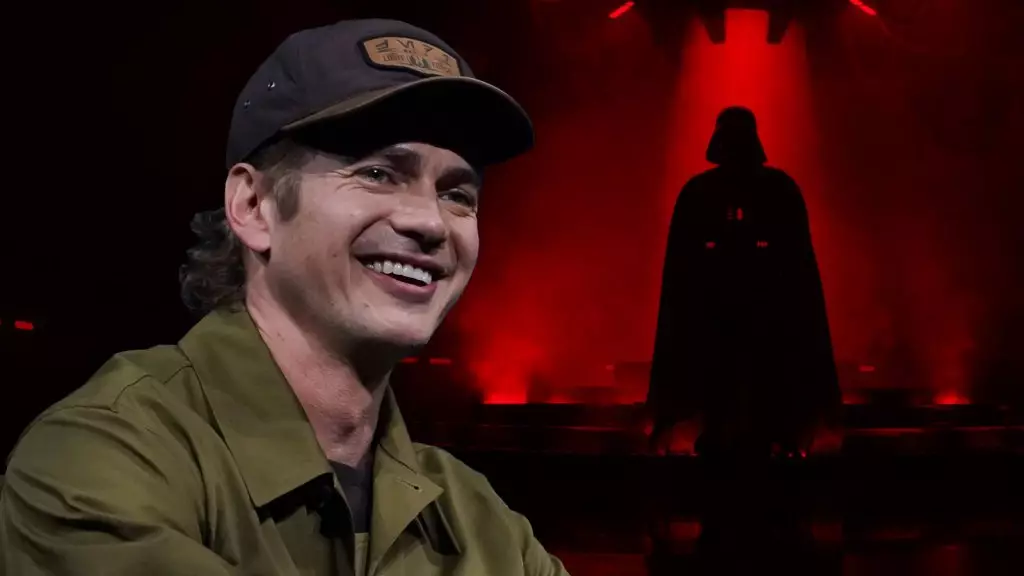Hayden Christensen’s imminent return to the “Star Wars” universe as Anakin Skywalker in “Ahsoka” Season 2 is electrifying for fans and reveals the depths of one of the franchise’s most intricate characters. By confirming his reprisal at the recent Star Wars Celebration in Japan, Christensen gives us not only a glimpse into his own passion for this iconic role but also opens up a wellspring of narrative potential. The idea that “there’s a lot that we could still explore with Vader” speaks volumes, inviting speculation about how his complex past may intersect with fresh story arcs in the ever-expanding Star Wars narrative tapestry.
For many, Anakin Skywalker represents a tragic hero—someone whose journey from gifted Jedi to feared Sith Lord evokes heartache, conflict, and remorse. In a galaxy rife with moral ambiguity, Christensen’s opportunity to reflect upon and delve into this duality could yield stories rich with emotional gravitas. This potential for exploration resonates deeply, illustrating that Anakin’s struggles are not merely remnants of a bygone saga but are integral to both contemporary storytelling and the ongoing discourse about redemption, identity, and agency.
More than Just a Character
Christensen’s assertion that he is “just enjoying the journey” hints at a personal evolution accompanying his return. It affirms that his relationship with Anakin is not superficial; rather, the character is a living, breathing part of him that demands nuanced exploration. This understanding allows him to re-approach Anakin from different angles — enabling viewers to witness an evolution rather than a mere rehashing of cinematic history. With each appearance, Christensen seems to peel back layers of Anakin’s persona, exposing vulnerability, conflict, and growth that resonate with audiences on a profound level.
This journey also embodies a broader commentary on how we engage with beloved heroes and anti-heroes alike. As the culture shifts, depicting a flawed character like Anakin Starwalker is not just a storytelling challenge; it’s a cultural imperative. It reflects society’s complex relationship with morality and the idea that redemption is often attainable only through acknowledgment of one’s flaws.
Anticipating New Narratives
Bringing Anakin back into the fold promises a trove of stories waiting to be told, moving beyond the binaries of good and evil. It empowers creators to interrogate questions about trauma, failure, and the search for meaning that cut deeply within the human experience, echoing a center-wing liberal philosophy that emphasizes growth through understanding. With Christensen at the helm, the chance to unfold Anakin’s inner turmoil is tantalizing, to say the least.
Fans are clearly hungry for more than mere nostalgia. They desire a narrative that critically engages with Anakin’s legacy—embracing the messy, layered realities of his existence. If executed thoughtfully, “Ahsoka” Season 2 has the potential to strip away the gloss of the franchise’s past and reveal the more complex, often harsh truths of Anakin’s story, poignantly resonating with contemporary audiences.
The series could serve as a vital reminder that the line between hero and villain is often blurred, providing a space for reflection on the repercussions of choice and the arduous journey toward self-discovery. Such engagement would elevate not just “Star Wars” lore but also the conversations it sparks about who we are and who we might become.

